Introduction to Peacekeeping Missions
When I think about peacekeeping, the image that often comes to mind is that of the blue helmets — the United Nations Peacekeepers deployed to conflict zones with the goal of fostering peace and security. However, the concept of peacekeeping extends beyond this familiar symbol. Historically, peacekeeping missions have evolved from observing ceasefires to more complex mandates that include protecting civilians, disarming ex-combatants, and supporting the organization of elections. The necessity for international peace and security efforts emerged prominently after World War II, leading to the creation of the United Nations and subsequently, its first peacekeeping mission in 1948. The evolution of peacekeeping reflects our changing world, adapting to tackle not just conflicts between states but also the internal strife within them.
Today, peacekeeping missions face an array of challenges, from navigating political tensions to addressing humanitarian crises. The effectiveness of these missions is frequently scrutinized, with success stories often overshadowed by instances where objectives were not fully achieved. Given the complexity of modern conflicts, peacekeepers must now operate under the premise that there are no one-size-fits-all solutions. Every mission mandates a nuanced understanding of the local context, requiring a balance between military, political, and civil components to achieve sustainable peace. The journey of peacekeeping is a testament to the international community's perseverance in striving for a more peaceful world, amidst the convoluted reality of global conflicts.
The Historical Evolution of Peacekeeping
The roots of peacekeeping can be traced back to the League of Nations, though it was with the United Nations that the concept truly began to take shape. The first UN peacekeeping mission, UNTSO (United Nations Truce Supervision Organization), was established in 1948 to monitor the ceasefire after the Arab-Israeli conflict. This mission laid the groundwork for future operations, emphasizing observation and monitoring over enforcement. Over decades, the framework of peacekeeping expanded, notably during the Cold War when peacekeeping missions served as a means to prevent conflicts between major powers from escalating.
The end of the Cold War marked a turning point, as conflicts within countries became more prevalent than those between states. This shift demanded a reevaluation of peacekeeping strategies, leading to multidimensional missions that focus on supporting political processes, reforming the judiciary, and facilitating humanitarian aid, in addition to maintaining ceasefires. Such complexities have necessitated a greater level of involvement and risk for peacekeepers, illustrating the dynamic nature of peacekeeping as it adapts to the world's changing political and social landscapes. The historical trajectory of peacekeeping highlights not only its adaptability but also the constant search for effective strategies to navigate the intricate balance of international relations and internal state dynamics.
Challenges Facing Modern Peacekeeping
The landscape of peacekeeping today is marked by multifaceted challenges that test the resilience and adaptability of missions. One significant concern is political complexity, where the intersections of local, national, and international politics create a convoluted environment for peacekeepers. Missions often find themselves caught between competing interests, making it difficult to navigate the path towards peace. The situation is further complicated by the presence of non-state actors and insurgent groups, which challenges traditional concepts of sovereignty and conflict.
Another pressing challenge is the protection of civilians. In many conflict zones, civilians bear the brunt of the violence, and peacekeeping missions are increasingly mandated to ensure their safety. This responsibility, however, is daunting in environments where hostilities are unpredictable and pervasive. Moreover, the logistical and resource constraints faced by missions add another layer of complexity to their operations. Ensuring adequate personnel, equipment, and funding is a perpetual struggle, often hindered by the fluctuating commitment of UN member states. These challenges underscore the need for innovative solutions and the importance of international cooperation in reinforcing the efficacy of peacekeeping efforts.
The Role of Technology in Modern Peacekeeping
In response to the evolving dynamics of conflicts and peacekeeping, technology has emerged as a crucial ally. From surveillance drones that provide real-time data on hot spots to sophisticated communication systems that enhance coordination among peacekeeping forces, technological advancements have significantly bolstered mission capabilities. Additionally, social media and information technologies offer new avenues for engaging with local communities and gathering crucial intelligence.
Yet, the integration of technology also presents challenges, such as cybersecurity threats and the potential for technological disparities to exacerbate existing inequities. The reliance on technology must be balanced with the understanding that it serves as a tool to complement, not replace, the human judgment and local engagement essential to peacekeeping. Embracing technology in peacekeeping signifies a forward-looking approach, acknowledging that innovation can pave the way for more effective and resilient missions in the face of complex global challenges.
Impact of Political Dynamics on Peacekeeping Success
Political will, both internationally and within conflict-affected countries, plays a pivotal role in the success of peacekeeping missions. The extent of support from the UN Security Council and member states directly influences the resources and authority granted to missions, affecting their capacity to fulfill their mandates. Similarly, cooperation from local governments and factions is crucial for creating an environment conducive to peace. Without genuine commitment to peace from all parties involved, the objectives of peacekeeping missions can be severely undermined.
Instances where peacekeeping has achieved notable success often highlight a convergence of international and local political will. Conversely, missions that struggle typically face obstacles in the form of political resistance or indifference. Understanding the political landscape and cultivating relationships with key stakeholders are therefore essential components of effective peacekeeping. The intricate dance between diplomacy and action underscores the reality that peacekeeping is as much a political endeavor as it is a humanitarian one.
Conclusion: The Future of Peacekeeping
Looking ahead, the future of peacekeeping will undoubtedly involve navigating an intricate web of challenges and opportunities. The traditional paradigms of peacekeeping are being reevaluated in light of new types of conflicts and the increasing complexity of global politics. As peacekeeping evolves, so too must the approaches and strategies employed to achieve lasting peace. This includes fostering stronger international partnerships, innovating in the face of adversity, and placing an unwavering focus on the needs and rights of affected populations.
Ultimately, peacekeeping remains a testament to the collective aspiration for a world where conflicts are resolved not on the battlefield, but through dialogue, respect, and mutual understanding. While the path may be fraught with difficulties, the pursuit of peace is a noble endeavor, deserving of our utmost dedication and effort. In reflecting on the realities of peacekeeping, we are reminded of the importance of resilience, adaptability, and, above all, hope in striving towards a more peaceful and just world.
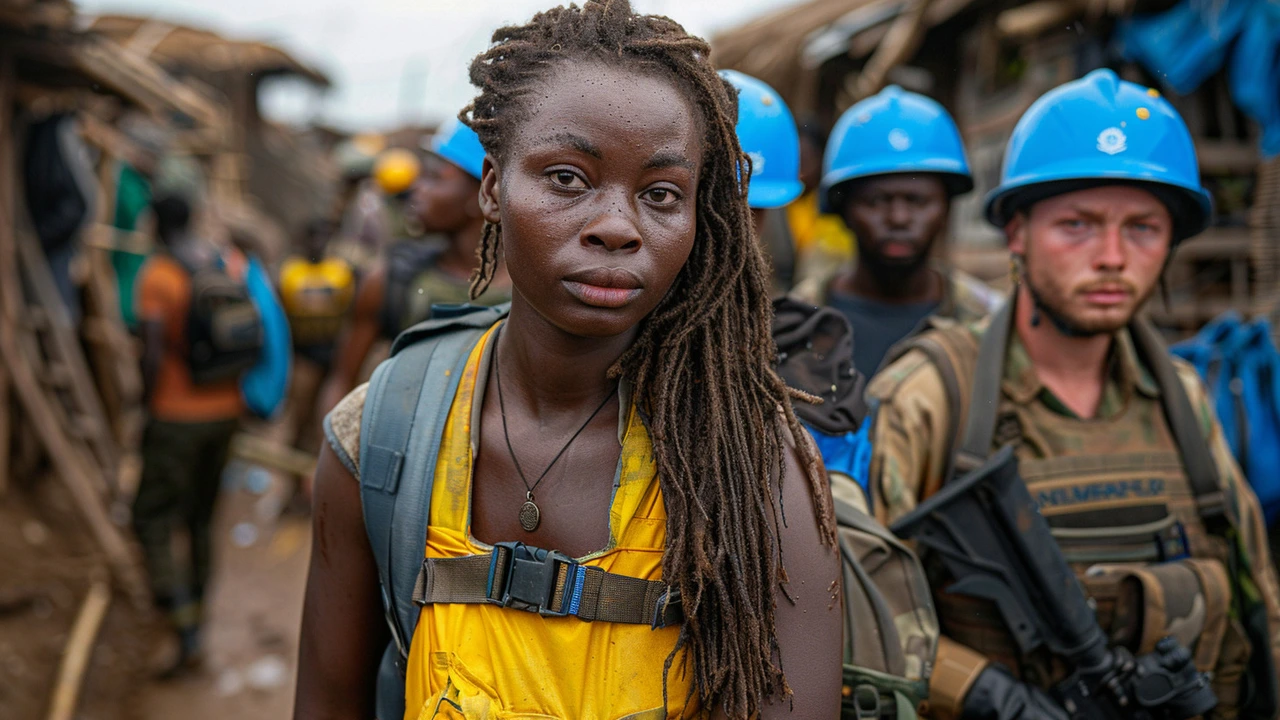


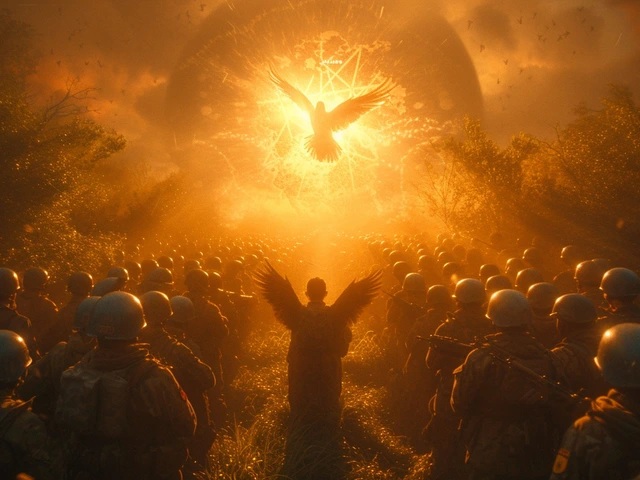
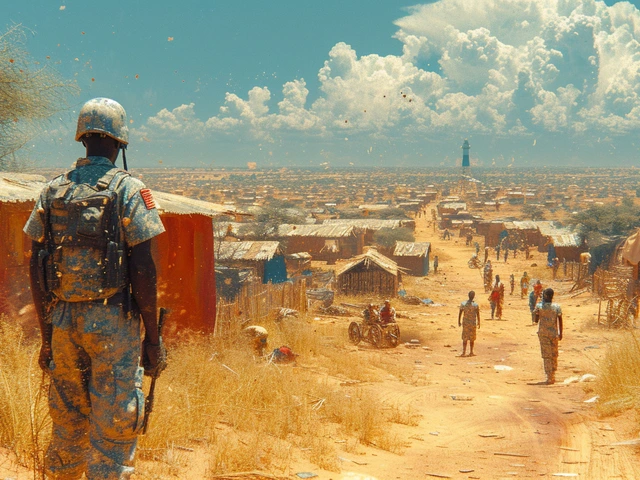
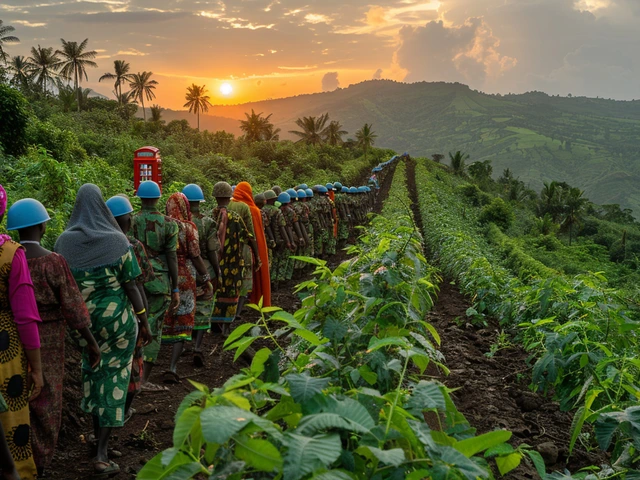
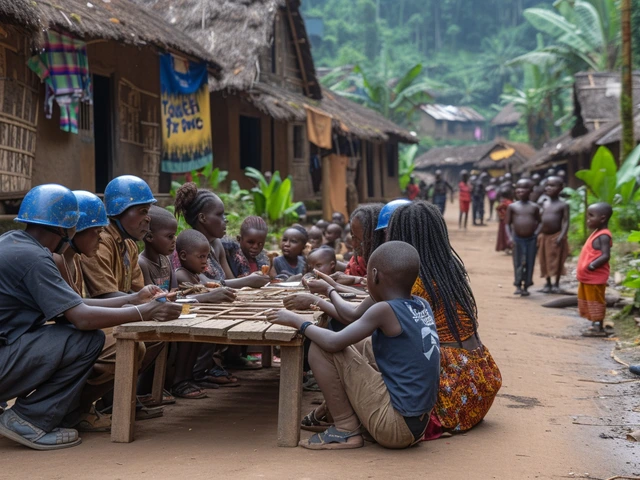

Write a comment